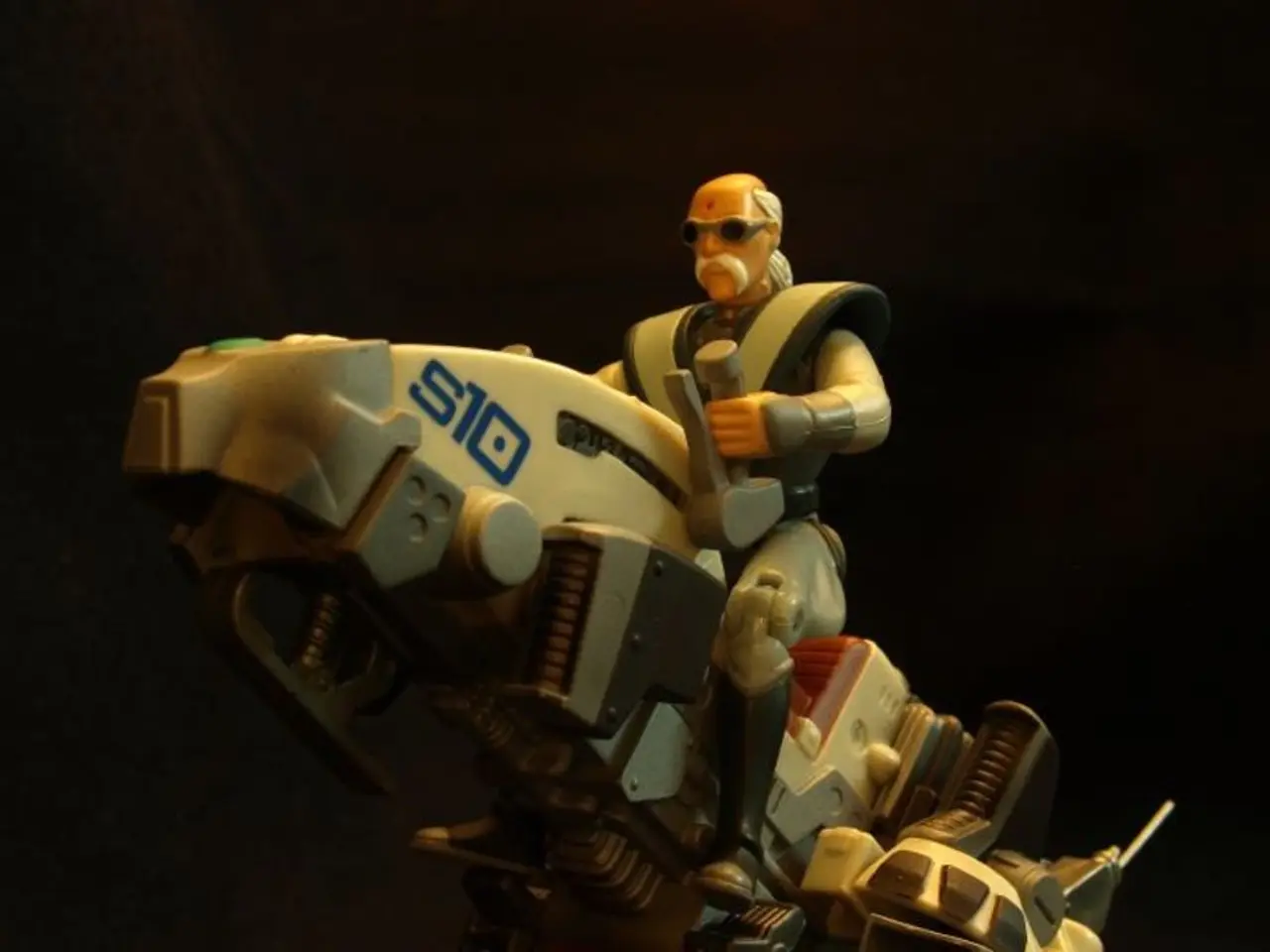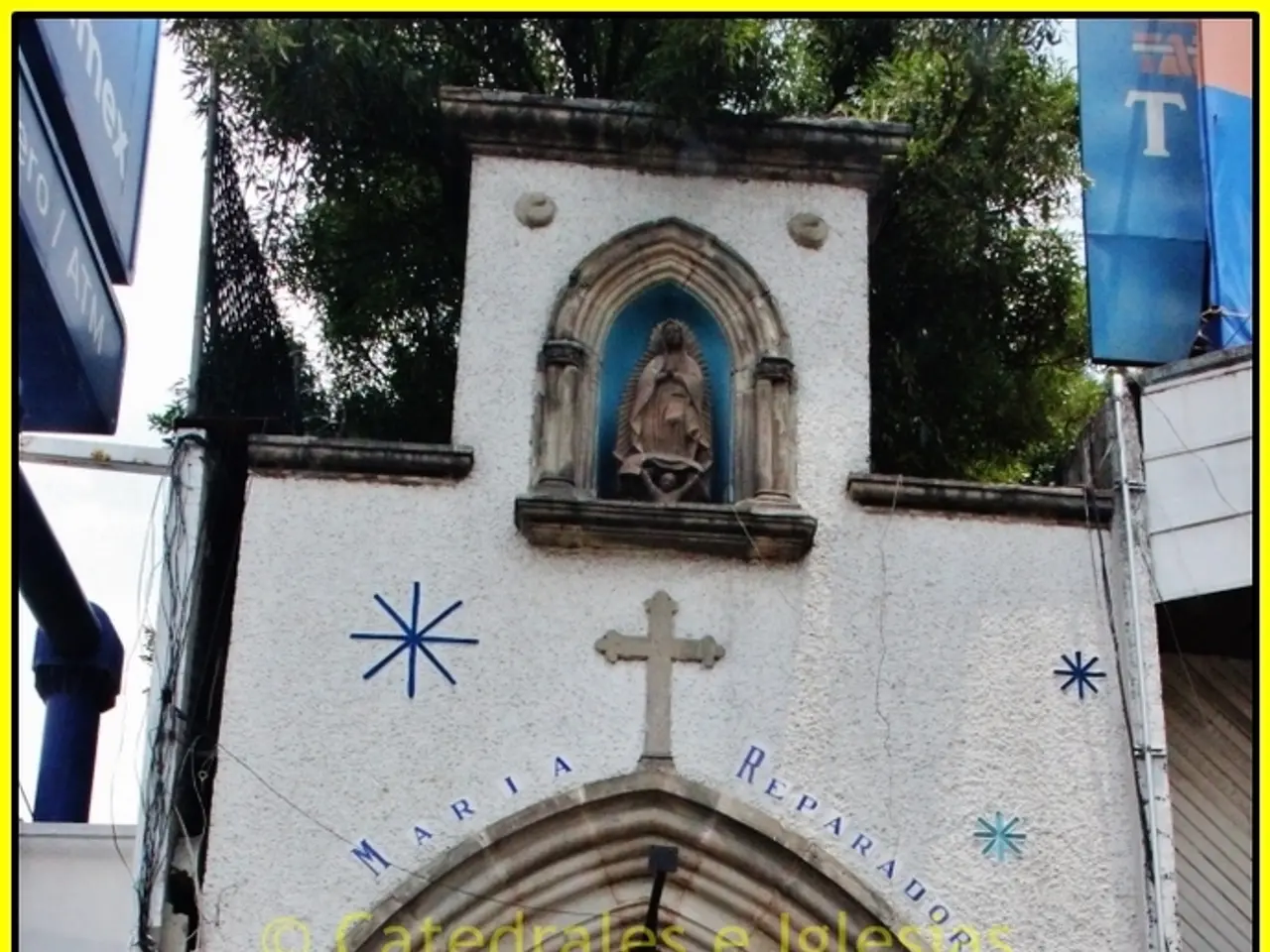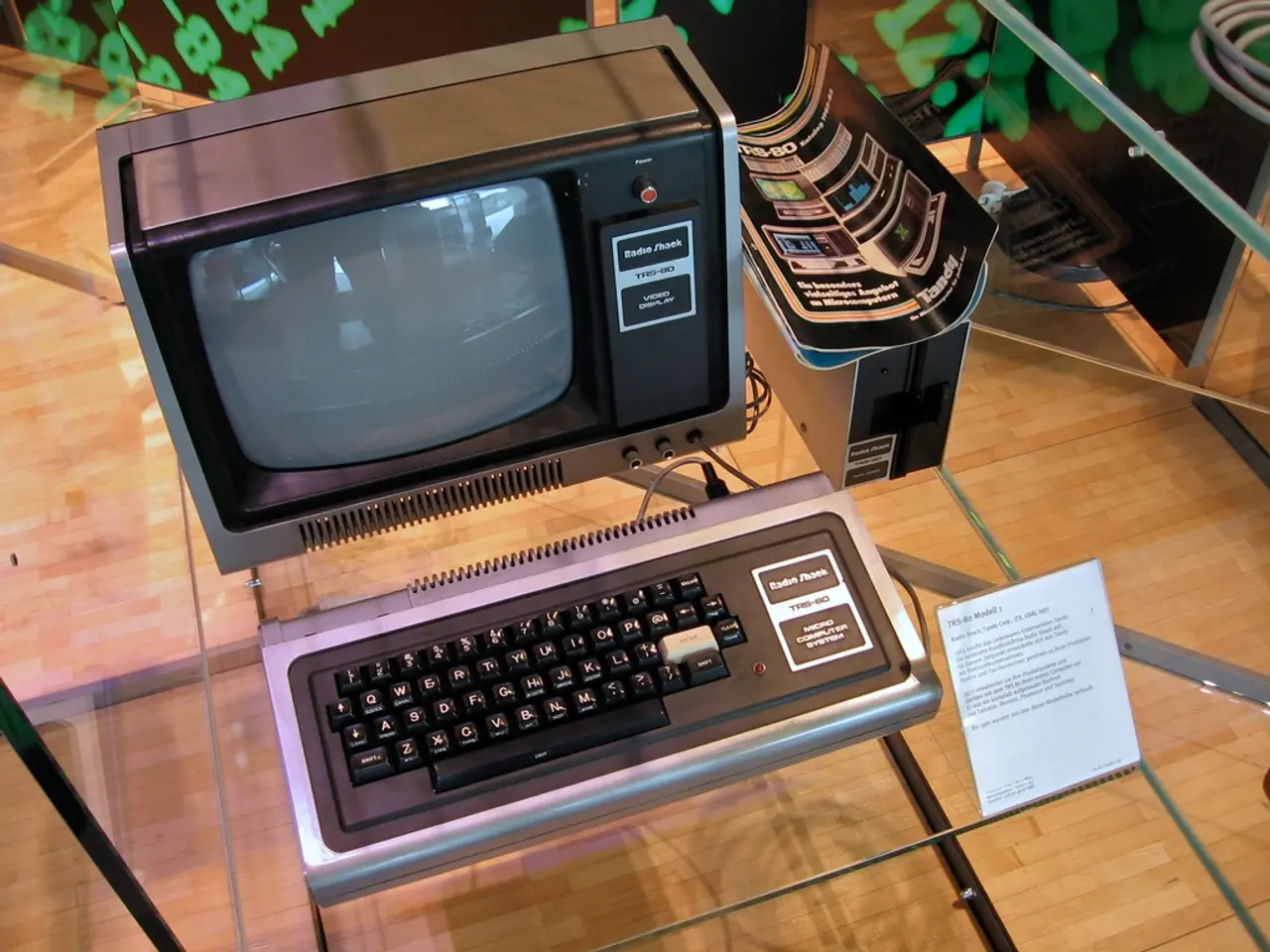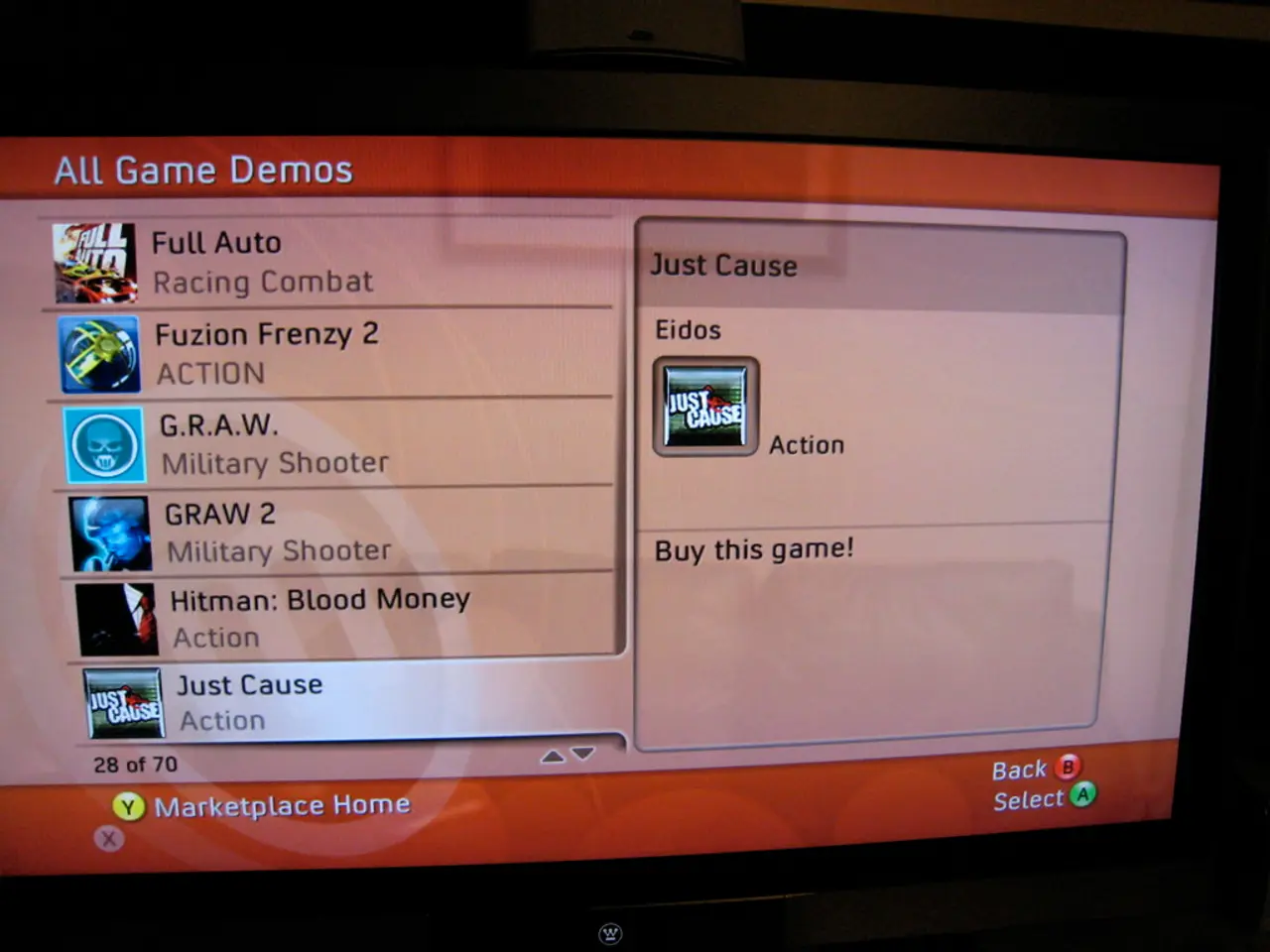Tesla Introduces Autonomous Taxi Operations in Austin City
Tesla's long-awaited Robotaxi service officially launched in Austin, Texas, on June 22, 2025, marking a significant step forward in the company's autonomous driving ambitions. The service, which operates without a human driver, is currently limited to a geofenced area within the city and includes a front-seat safety monitor to intervene if necessary.
The service, powered solely by cameras and neural network training, represents a departure from competitors like Waymo that use lidar and radar. Tesla's autonomous fleet utilises proprietary Full Self-Driving (FSD) software, which is powered by in-house AI chips and a camera-based vision system.
The initial phase of the service is geofenced to a limited area in Austin, roughly spanning 5.5 to 6 miles east-west and 3.5 to 4 miles north-south. This cautious approach is common in early-stage autonomous taxi services to ensure safety and control over the environment.
Riders have praised the experience as "smooth," "normal," and "uneventful." Early ride footage showed smooth driving performance with minor navigation quirks. One vehicle reportedly braked unexpectedly near police vehicles, but no incident occurred.
Tesla's CEO, Elon Musk, celebrated the launch as the culmination of a decade of hard work. Despite Musk's hints at a rapid scale-up, suggesting thousands of robotaxis could be on roads within months, the company is moving forward cautiously, restricting service during inclement weather, avoiding complex intersections, and not permitting riders under 18.
The service can be accessed through an update to the existing Tesla mobile app, where users can hail a ride, choose destinations, and sync personal vehicle preferences. Rides are available between 6 a.m. and midnight and are being offered for a promotional fare of $4.20 per trip.
Expansion plans include taking more rider invitations beyond the initial pilot group and launching the FSD service in Europe in 2025. However, regulatory delays, particularly awaiting approval from Dutch authorities and the European Union, are slowing the European rollout.
The debut of Tesla's Robotaxi service has been met with both excitement and concern. While the launch is a promising start, experts highlight that the system still has limitations in handling unexpected real-life driving situations without human intervention. Critics express concerns about Tesla branding the system as "Full Self-Driving," arguing this can create unrealistic safety expectations and driver complacency, potentially leading to safety risks.
Regulatory hurdles, particularly in Europe, pose a significant challenge for Tesla. The U.S. regulatory environment appears more permissive initially, allowing Tesla to conduct limited-area robotaxi operations. However, Tesla's push for broad deployment despite these ongoing concerns has drawn criticism from various safety advocates and industry experts, warning Tesla may be rushing a product that is not fully ready, potentially posing risks.
In summary, Tesla's Robotaxi service has made a pioneering debut in Austin with plans for incremental expansion and a strategic push toward European launch. However, it remains in an early, carefully controlled stage with significant safety and regulatory challenges to overcome before widespread deployment can be realised. The company's emphasis on AI-driven autonomy is paired with cautious geofencing and safety monitors, but experts and observers urge continued scrutiny and regulatory diligence to ensure public safety.
The Robotaxi service, launched by Tesla, is a pioneering stride in the automotive industry, leveraging AI-driven autonomy and camera-based technology, positioning it differently from competitors like Waymo relying on lidar and radar in the realm of finance and technology. Tesla's strategic approach in Austin includes limited geofencing and a safety monitor in the front seat, reflecting a common cautious strategy in early-stage autonomous taxi services within transportation.




